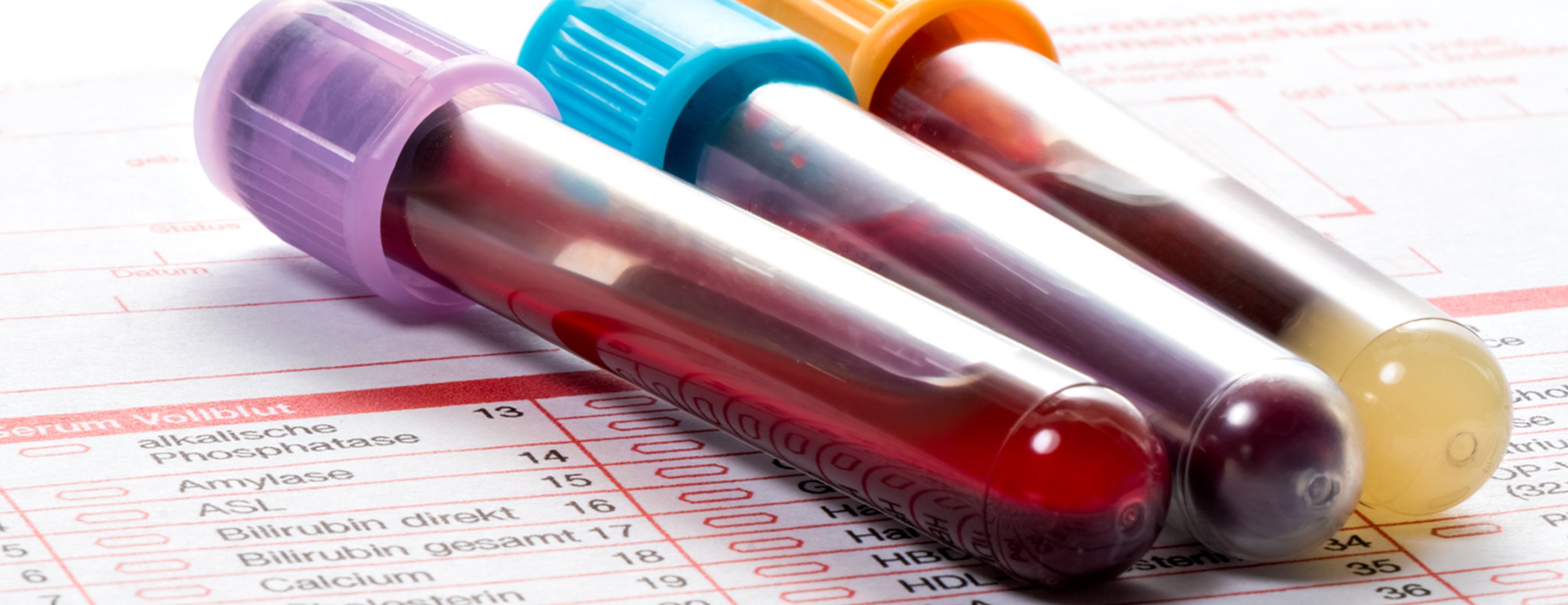
Protein S blood test
Definition
Protein S is a normal substance in your body that prevents blood clotting. A blood test can be done to see how much of this protein you have in your blood.
How the Test is Performed
A
How to Prepare for the Test
Certain medicines can change blood test results:
- Tell your health care provider about all the medicines you take.
- Your provider will tell you if you need to stop taking any medicines before you have this test. This may include blood thinners.
- DO NOT stop or change your medicines without talking to your provider first.
How the Test will Feel
When the needle is inserted to draw blood, some people feel moderate pain. Others feel only a prick or stinging. Afterward, there may be some throbbing or slight bruising. This soon goes away.
Why the Test is Performed
You may need this test if you have an unexplained blood clot or a family history of blood clots. Protein S helps control blood clotting. A lack of this protein or a problem with the function of this protein may cause blood clots to form in veins abnormally.
The test is also used to screen relatives of people who are known to have
Sometimes, this test is done to find the cause of repeated
Normal Results
Normal values are 60% to 150% inhibition.
Normal value ranges may vary slightly among different laboratories. Some labs use different measurements or may test different samples. Talk to your provider about the meaning of your specific test results.
What Abnormal Results Mean
A lack (deficiency) of protein S can lead to excess clotting. These clots tend to form in veins, not arteries.
A protein S deficiency may be inherited. It can also develop due to pregnancy or certain diseases, including:
- Disorder in which the proteins that control blood clotting become overactive (
disseminated intravascular coagulation ) HIV/AIDS infection - Liver disease
- Long-term antibiotic use
- Warfarin (Coumadin) use
Protein S level rises with age, but this does not cause any health problems.
Risks
There is little risk involved with having your blood taken. Veins and arteries vary in size from one person to another, and from one side of the body to the other. Obtaining a blood sample from some people may be more difficult than from others.
Other risks associated with having blood drawn are slight, but may include:
- Excessive bleeding
- Fainting or feeling lightheaded
- Multiple punctures to locate veins
- Hematoma (blood accumulating under the skin)
- Infection (a slight risk any time the skin is broken)
References
Anderson JA, Weitz JI. Hypercoagulable states. In: Hoffman R, Benz EJ, Silberstein LE, et al, eds. Hematology: Basic Principles and Practice. 8th ed. Philadelphia, PA: Elsevier; 2023:chap 138.
Sarode R, Kessler CM. Coagulation and fibrinolysis. In: McPherson RA, Pincus MR, eds. Henry's Clinical Diagnosis and Management by Laboratory Methods. 24th ed. Philadelphia, PA: Elsevier; 2022:chap 40.
Review Date: 02/02/2023
The information provided herein should not be used during any medical emergency or for the diagnosis or treatment of any medical condition. A licensed physician should be consulted for diagnosis and treatment of any and all medical conditions. Call 911 for all medical emergencies. Links to other sites are provided for information only -- they do not constitute endorsements of those other sites. Copyright ©2019 A.D.A.M., Inc., as modified by University of California San Francisco. Any duplication or distribution of the information contained herein is strictly prohibited.
Information developed by A.D.A.M., Inc. regarding tests and test results may not directly correspond with information provided by UCSF Health. Please discuss with your doctor any questions or concerns you may have.





